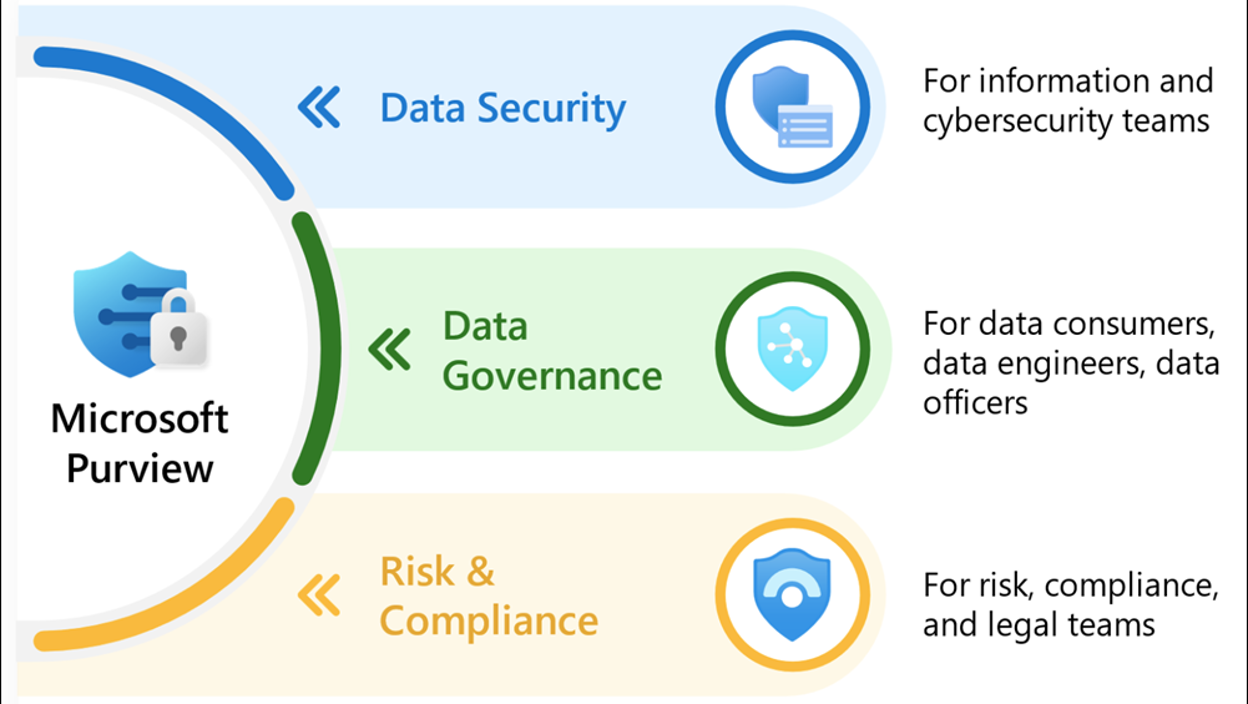Why Should We Use Data Loss Prevention Solutions?
Data Loss Prevention (DLP) is crucial for organizations in highly regulated sectors like banking, financial services, healthcare, government, or those investing in research and development. In these environments, sensitive information, such as personal data or trade secrets, must be protected against unauthorized access or unintentional leaks.
Implementing a robust DLP solution ensures that sensitive data is only shared with permitted entities using secure, authenticated, and encrypted communication channels. Furthermore, DLP helps organizations comply with regulations and assure auditors and business partners that their data protection measures are sound.
How to Start a DLP Project
The first step in a DLP project is understanding what needs to be protected. This involves consulting various departments within the organization to identify sensitive information handled in their daily processes. Without proper input, the project risks generating too many false positives and missing critical data leaks.
Key Departments to Interview:
- HR: Handles employee records, payroll information, job offers, etc.
- Legal: Manages legal documents, contracts, and compliance.
- Finance: Deals with business plans, financial statements, and other sensitive financial information.
- Compliance: Oversees data privacy and regulatory compliance.
These initial interviews provide a framework for engaging with other business-critical departments, ensuring that all potential data loss risks are identified and managed.
What Are DLP Capabilities, and How Are They Enforced?
DLP solutions focus primarily on preventing data leaks through three main channels, particularly for unstructured data (e.g., documents, images). Protection of structured data (stored in databases, data lakes, etc.) typically requires additional solutions. Here’s a breakdown of the three primary data exfiltration channels:
- Web DLP
- Purpose: Prevents sensitive data from being posted to websites, SaaS applications, or web forms, whether as text, attachments, or images (e.g., screenshots).
- Implementation: The DLP solution intercepts all internet traffic regardless of the browser used. This interception allows the system to identify and block unauthorized data transmission.
- Collaboration DLP
- Purpose: Monitors data shared through collaboration tools like email, file-sharing applications, and meeting platforms.
- Implementation: DLP solutions examine shared content for sensitive information, identifying and mitigating potential data exfiltration risks.
- Endpoint DLP
- Purpose: Prevents data loss through endpoints by monitoring activities like copying data to USB drives, Bluetooth sharing, remote desktop sessions, and printing.
- Implementation: An agent installed on endpoint devices monitors for sensitive data exfiltration attempts through the aforementioned channels.
How Do Different DLP Solutions Compare?
Various technology providers offer DLP solutions that often excel in specific areas. Most vendors specialize in one of the three DLP capabilities (Web, Collaboration, or Endpoint) while providing varying levels of effectiveness in the others. The maturity and experience of a provider in the market can significantly impact the robustness of their solution.
Below is a comparison of Microsoft Purview with other leading solutions like Forcepoint and Zscaler:
|
Microsoft Purview is notably strong in Collaboration DLP, offering comprehensive capabilities to monitor data shared through email, file-sharing platforms, and collaboration tools. However, it shows some weaknesses in Web DLP, where solutions like Forcepoint and Zscaler demonstrate greater maturity.
Forcepoint excels in Web DLP and Endpoint DLP, making it a strong candidate for organizations needing comprehensive coverage for data exfiltration attempts through web channels and endpoint devices. On the other hand, Zscaler is known for its strengths in Web DLP, with a balanced offering across collaboration and endpoint channels.
Why Choose Microsoft Purview for DLP?
Despite some areas for improvement, Microsoft Purview is a robust and integrated solution within the Microsoft 365 ecosystem. Its strong collaboration capabilities make it an excellent choice for organizations heavily reliant on Microsoft’s collaboration tools like Office 365, Teams, and SharePoint. Moreover, its integration with other Microsoft security products, like Microsoft Defender, offers a unified approach to security and compliance, simplifying the management and enforcement of DLP policies.
Conclusion
Implementing a Data Loss Prevention solution is vital for safeguarding sensitive information within your organization. While there are multiple options on the market, understanding your organization’s specific needs and selecting a solution that aligns with those requirements is crucial. Microsoft Purview, with its focus on collaboration channels, can be a great fit for businesses operating in the Microsoft ecosystem.
Ready to Enhance Your Data Security?
Paradigm Security is here to help you get the most out of Microsoft Purview’s DLP capabilities. With our expertise, we can tailor the implementation to suit your organization’s unique needs, ensuring robust data protection and compliance. Contact us today to start your journey toward a more secure and compliant future with Microsoft Purview.
